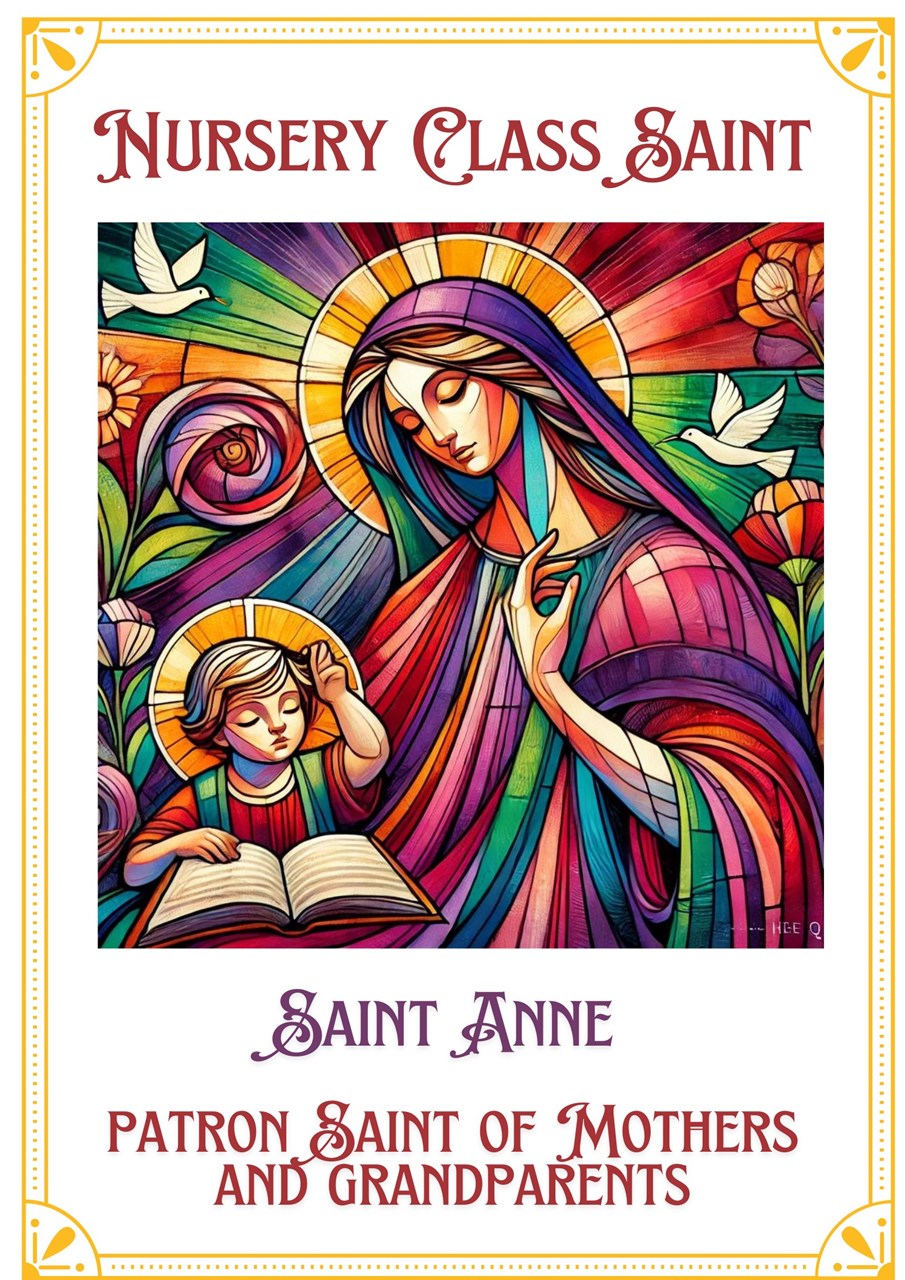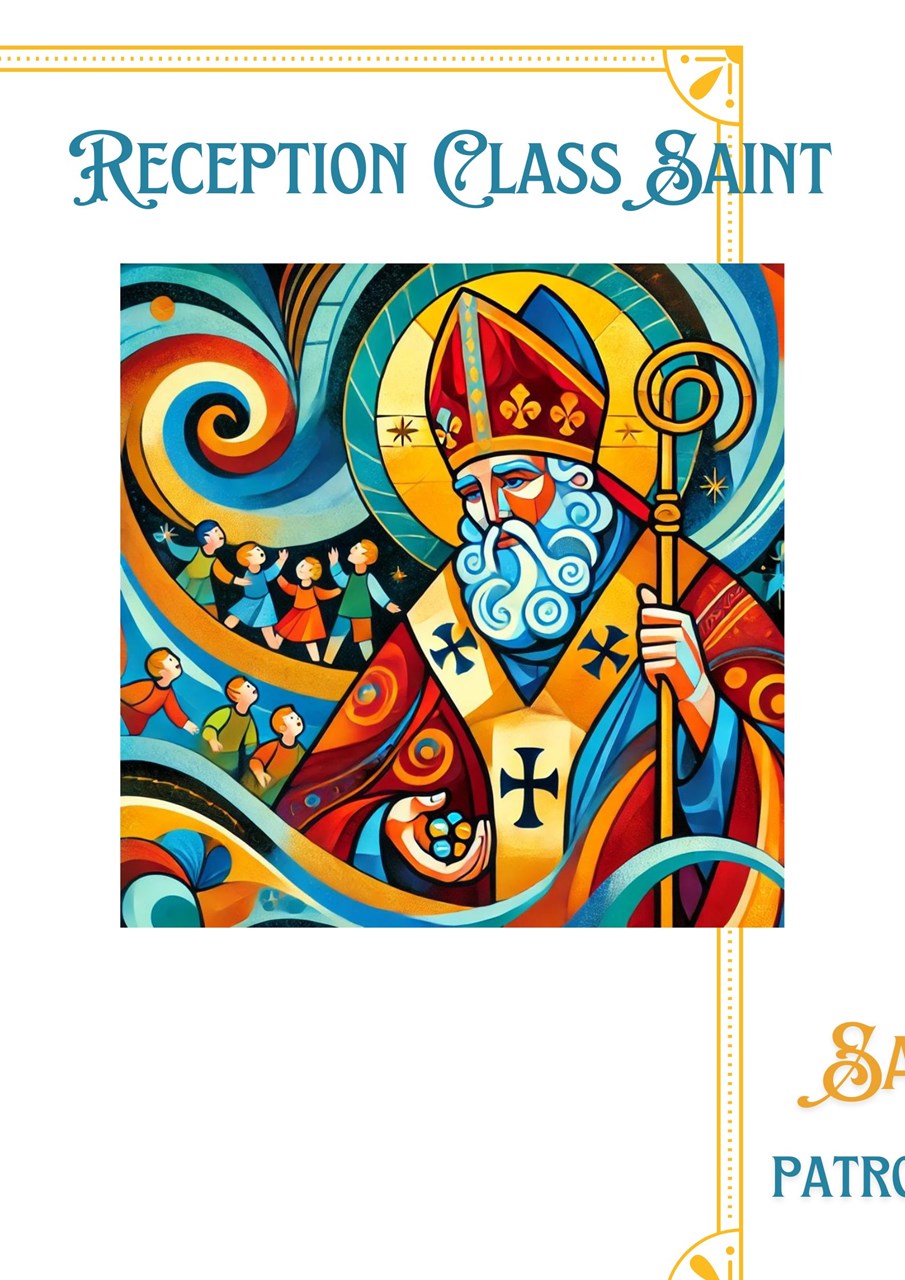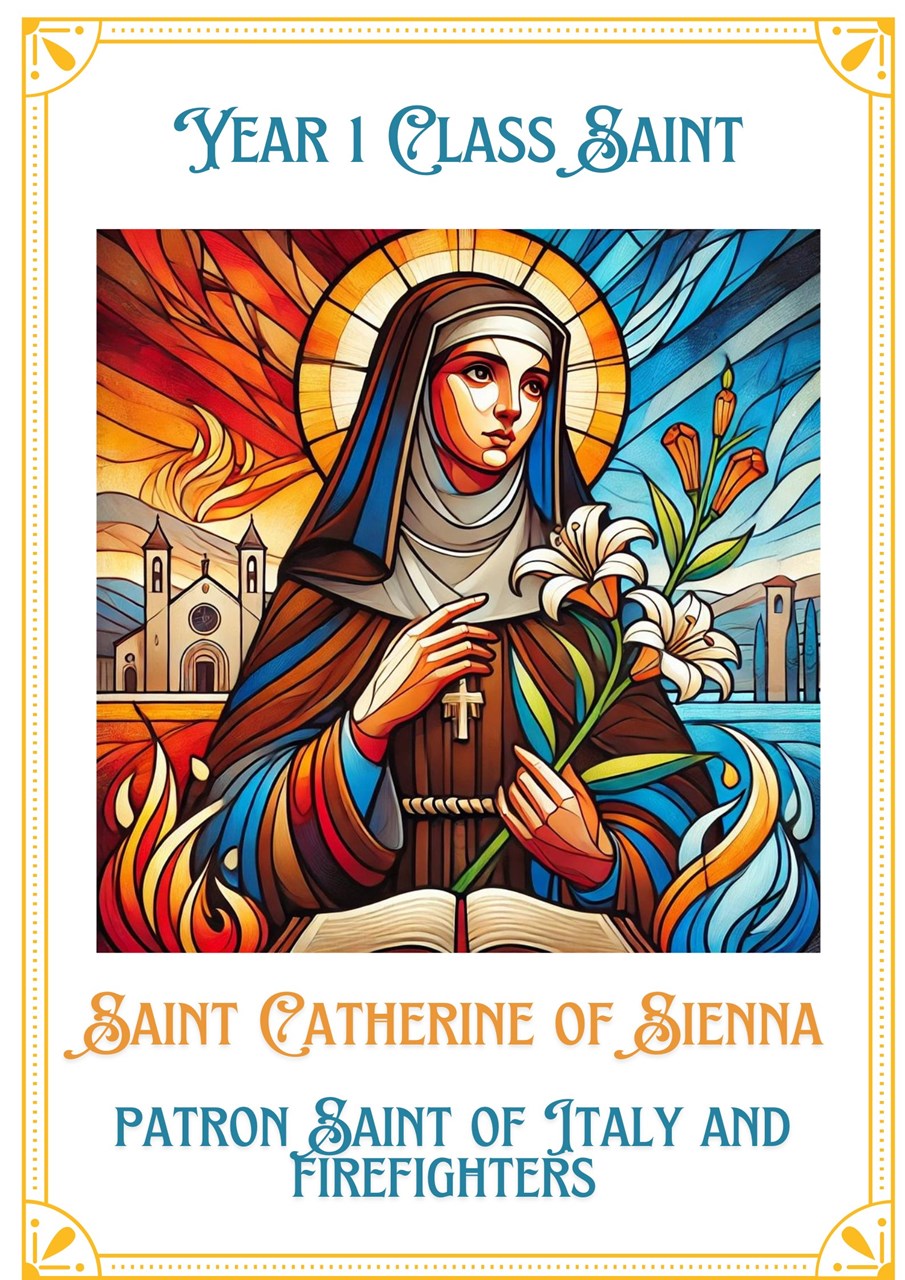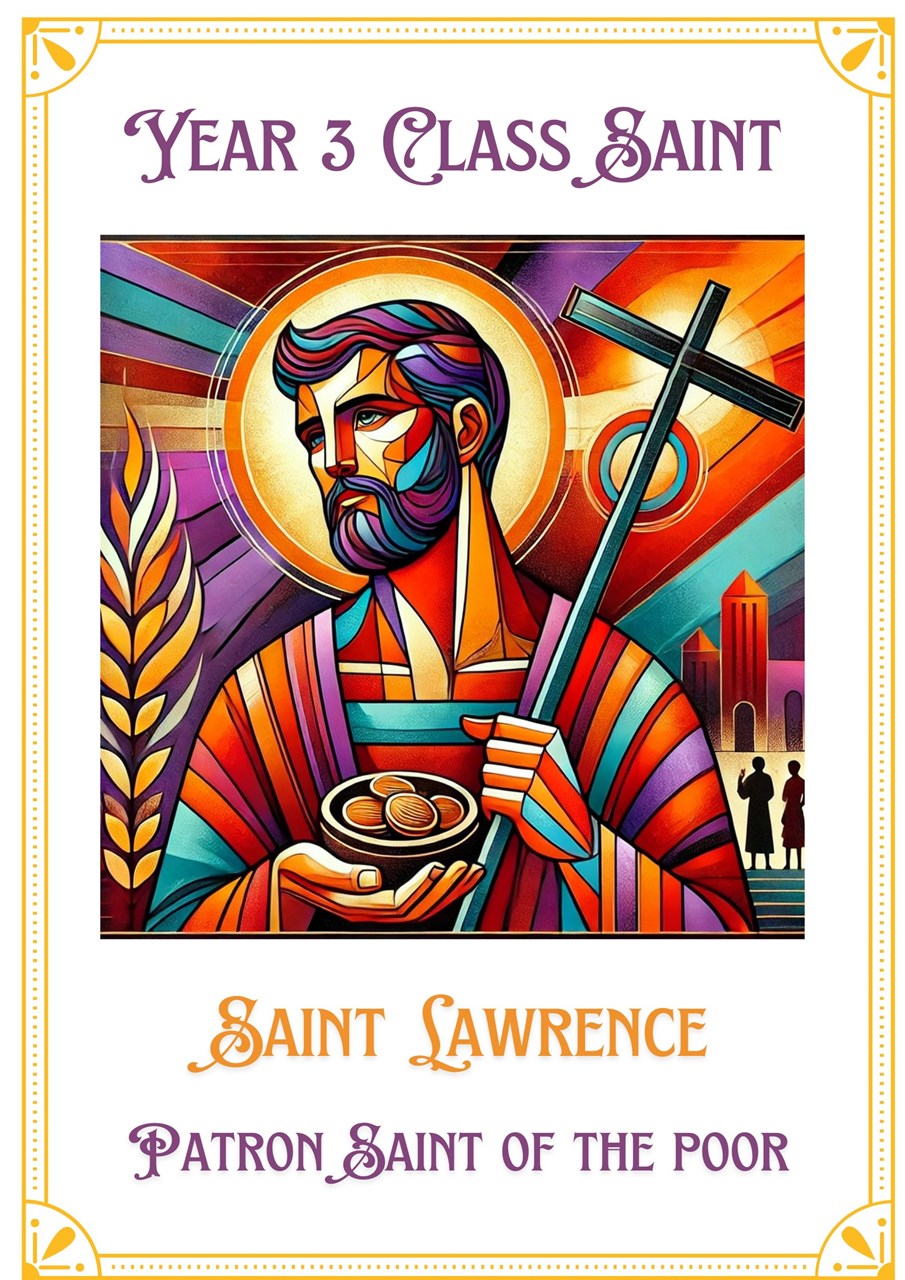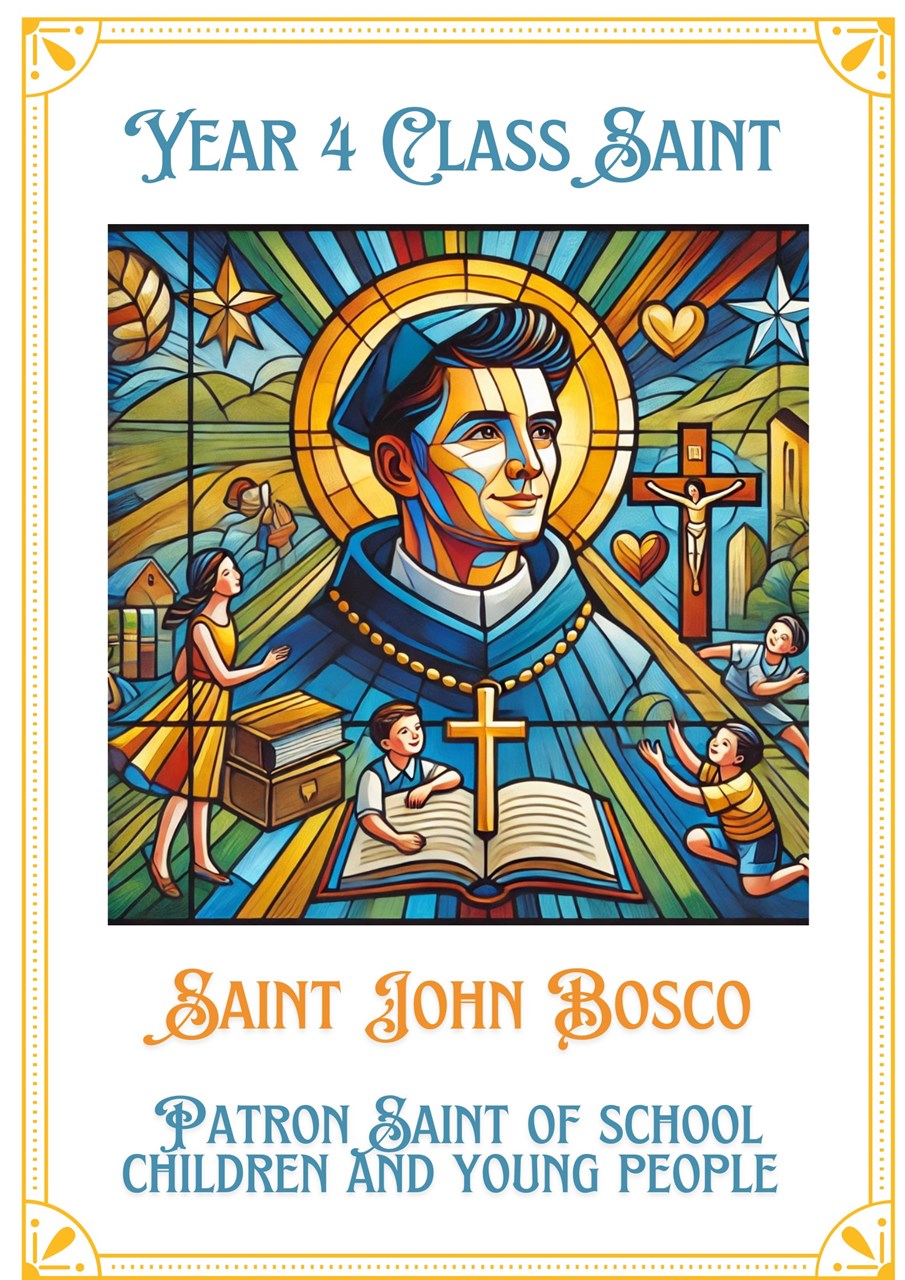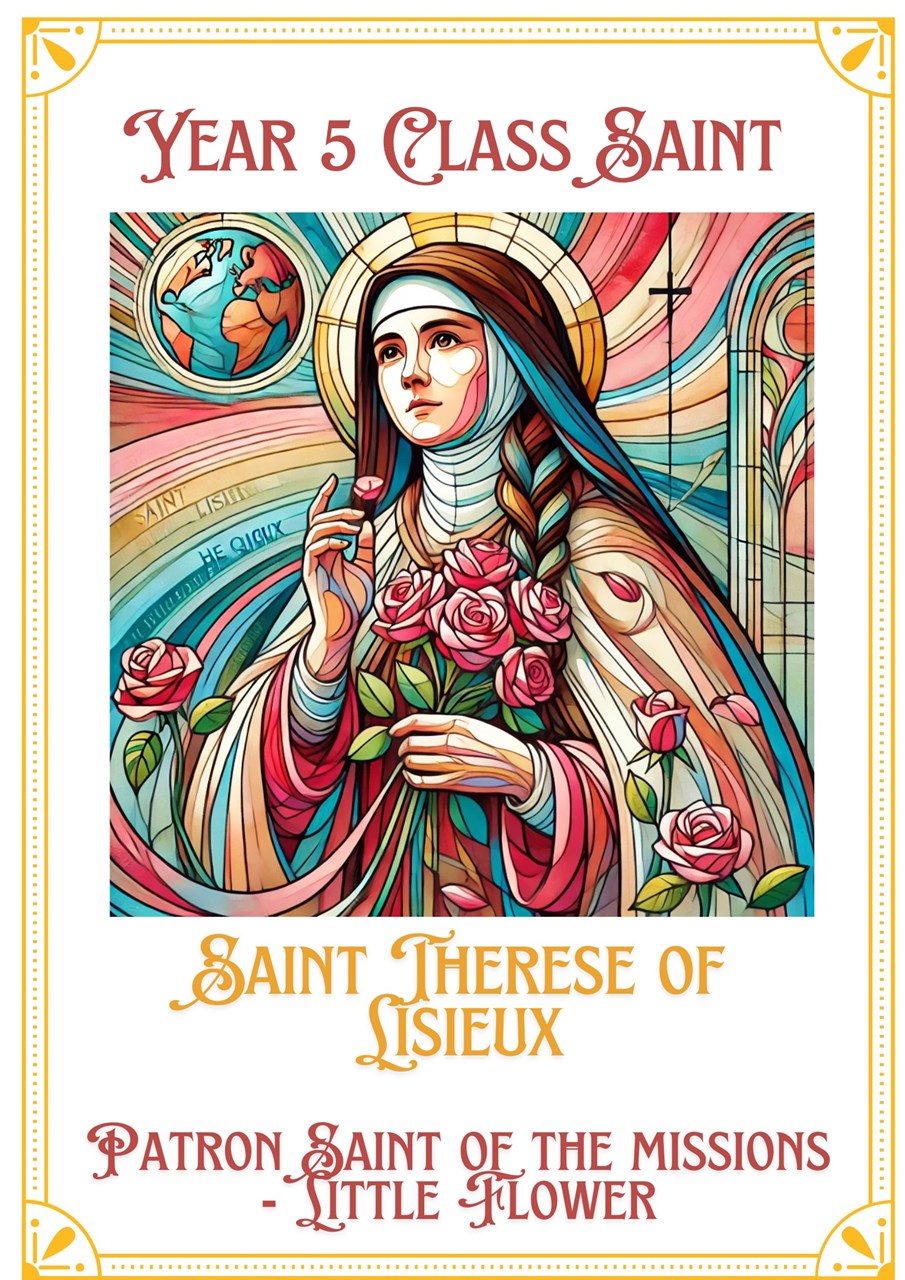Saint Philip Neri
Philip Neri was a sign of contradiction, combining popularity with piety against the background of a corrupt Rome and a disinterested clergy, the whole post-Renaissance malaise.
At an early age, he abandoned the chance to become a businessman, moved to Rome from Florence and devoted his life and individuality to God. After three years of philosophy and theology studies, he gave up any thought of ordination. The next 13 years were spent in a vocation unusual at the time - that of a layperson actively engaged in prayer and the apostolate.
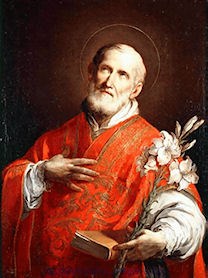
As the Council of Trent was reforming the Church on a doctrinal level, Philip's appealing personality was winning him friends from all levels of society, from beggars to cardinals. He rapidly gathered around himself a group of laypersons won over by his audacious spirituality. Initially they met as an informal prayer and discussion group, and also served poor people in Rome.
At the urging of his confessor, he was ordained a priest and soon became an outstanding confessor, gifted with the knack of piercing the pretenses and illusions of others, though always in a charitable manner and often with a joke. He arranged talks, discussions and prayers for his penitents in a room above the church. He sometimes led 'excursions' to other churches, often with music and a picnic on the way.
Some of his followers became priests and lived together in community. This was the beginning of the Oratory, the religious institute he founded. A feature of their life was a daily afternoon service of four informal talks, with vernacular hymns and prayers. Giovanni Palestrina was one of Philip's followers, and composed music for the services.
The Oratory was finally approved after suffering through a period of accusations of being an assembly of heretics, where laypersons preached and sang vernacular hymns! Cardinal Newman founded the first English-speaking house of the Oratory three centuries later.
Philip's advice was sought by many of the prominent figures of his day. He is one of the influential figures of the Counter-Reformation, mainly for converting to personal holiness many of the influential people within the Church itself. His characteristic virtues were humility and gaiety.
House Saints

Saint George
Saint George was born around 275 AD and died on the 23rd April 303. He was a Greek who became an officer in the Roman army.
He became an officer in the Roman army in the Guard of Diocletian. He is venerated as a Christian martyr. Saint George is one of the most venerated saints in the Catholic Orthodox church.
He is immortalized in the tale of Saint George and the Dragon and is one of the Fourteen Holy Helpers. His memorial is celebrated on 23rd April, and he is regarded as one of the most prominent military saints.
He is the patron saint of England.
Saint Mary
Mary was born in her hometown of Nazareth in Galilee.
Mary was a young girl, probably only about 12 or 13 years old when the angel Gabriel came to her. She had recently become engaged to a carpenter named Joseph. Mary was an ordinary Jewish girl, looking forward to marriage. Suddenly her life would forever be changed.
Mary was fearful and troubled in the presence of the angel. She could never have expected to hear the most incredible news - that she would have a child, and her son would be the Messiah, Jesus Christ. Although she could not comprehend how she would conceive the Savior, she responded to God with belief and obedience.
She has many Feast days including the Feast of the Assumption on the 15th August when Mary was taken up to Heaven.
Saint Patrick
He was born in 387 and died on the 17th March, 493. He was a Romano-British and Christian missionary.
When he was about 16, he was captured from his home by Irish raiders and taken as a slave to Ireland, where he lived for six years before escaping and returning to his family. After entering the Church, he returned to Ireland as an ordained bishop in the north and west of the island, but little is known about the places where he worked.
He is the Patron Saint of Nigeria and Ireland.
Blessed Mother Teresa
Blessed Mother Teresa of Calcutta, was born Agnes Gonxha Bojaxhi and commonly known as Mother Teresa of Calcutta. She was born on 26 August 1910, and died on 5 September 1997.
She was an Albanian-born Indian Roman Catholic nun. "By blood, I am Albanian. By citizenship, an Indian. By faith, I am a Catholic nun. As to my calling, I belong to the world. As to my heart, I belong entirely to the Heart of Jesus."
For over 45 years, she ministered to the poor, sick, orphaned, and dying, while guiding the Missionaries of Charity's expansion, first throughout India and then in other countries. She was the recipient of numerous honours including the 1979 Nobel Peace Prize.
In late 2003, she was beatified, the third step toward possible sainthood. A second miracle credited to Mother Teresa is required before she can be recognized as a saint by the Catholic Church.
